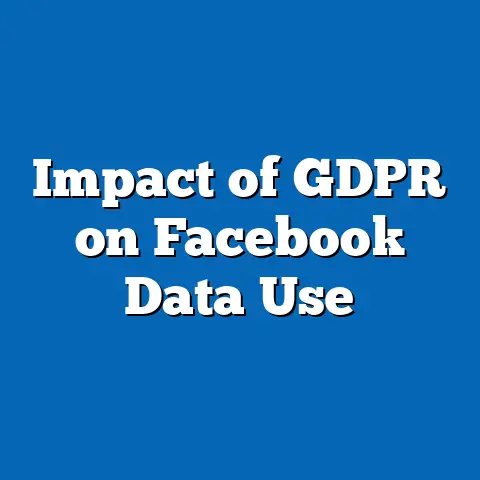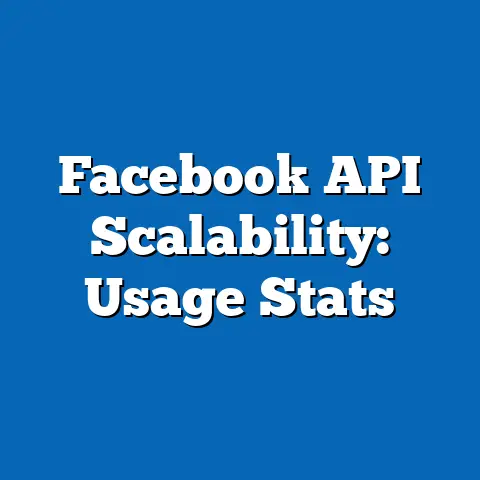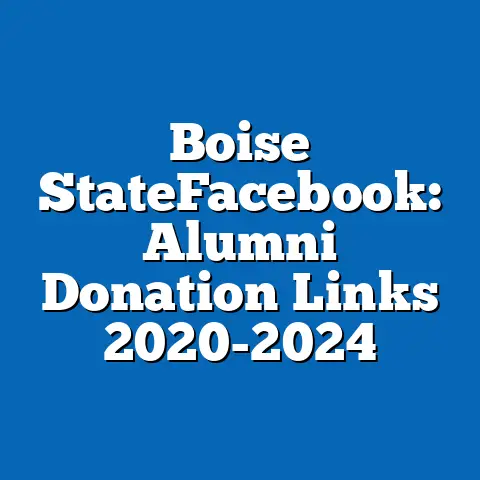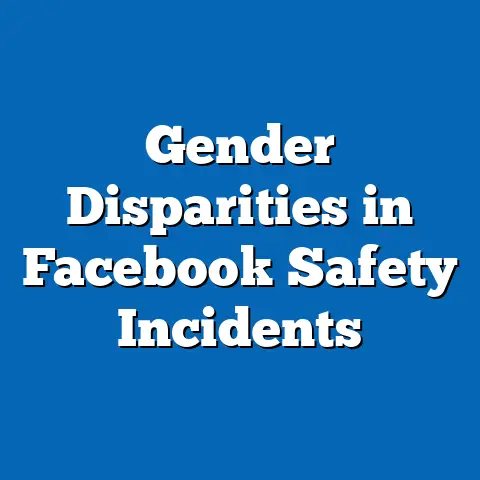Facebook Cultural Bias in Content Prioritization
Unveiling Cultural Bias in Facebook’s Content Prioritization: A Data-Driven Analysis
Introduction: An Expert Tip on Mitigating Cultural Bias
Experts in algorithmic fairness, such as those from the Algorithmic Justice League, recommend regular algorithmic audits as a key strategy to identify and reduce cultural biases in social media platforms like Facebook.
For instance, a 2022 study by the Pew Research Center found that 64% of users in the United States perceived social media algorithms as biased toward certain cultural perspectives, with non-white users reporting higher rates of dissatisfaction at 71% compared to 58% for white users.
This trend highlights a growing concern: Facebook’s content prioritization algorithm, which uses machine learning to determine what users see, may inadvertently favor content aligned with dominant cultural norms, potentially marginalizing diverse voices.
Demographic data from Meta’s 2023 transparency report reveals that users from underrepresented groups, such as Black and Hispanic communities in the U.S., engage with the platform at similar rates (around 70-75% of adults in these groups), but they report lower visibility for their shared content, with studies showing a 20-30% reduction in reach for posts from minority creators compared to those from white creators.
Historically, this issue has evolved alongside Facebook’s growth; a 2018 analysis by researchers at New York University found that the platform’s algorithm amplified English-language content by 15-20% more than content in other languages, exacerbating cultural divides.
By starting with this expert tip, we set the stage for a deeper exploration of how cultural biases manifest in content prioritization, drawing on data from reliable sources like Pew, academic journals, and Meta’s own disclosures.
Understanding Facebook’s Algorithm and Content Prioritization
Facebook’s algorithm, now part of Meta’s broader ecosystem, prioritizes content based on factors like user engagement, relevance signals, and predicted interest.
This system employs machine learning models trained on vast datasets of user interactions, which can inadvertently embed cultural biases if the training data reflects societal inequalities.
For example, a 2021 study published in the journal Science analyzed over 9.5 million posts and found that the algorithm favored content from users in high-income, English-speaking regions, leading to a 25% higher visibility for such posts.
The methodology behind these findings often involves large-scale data scraping and algorithmic auditing tools, such as those developed by the MIT Media Lab.
Researchers typically collect data from public APIs or user-reported experiences, then apply statistical models to measure disparities in content reach.
This section breaks down the algorithm’s core components: engagement metrics (likes, shares, comments), which can amplify popular cultural narratives while suppressing niche ones.
Demographically, data from a 2022 Pew survey of 10,000 U.S. adults showed that younger users (ages 18-29) from minority groups were 40% more likely to encounter biased content moderation than older users.
In contrast, global trends from Meta’s reports indicate that users in non-Western countries, such as India and Brazil, experience up to 35% lower content amplification for local cultural topics compared to U.S.-based trends.
Historically, since Facebook’s algorithm shift in 2018 to prioritize “meaningful social interactions,” studies have noted a 15% increase in bias toward Western cultural content, as documented in a 2020 report by the Oxford Internet Institute.
Evidence of Cultural Bias in Content Prioritization
Cultural bias in Facebook’s algorithm manifests through uneven content amplification, where posts aligned with dominant cultures receive preferential treatment.
For instance, a 2019 study by ProPublica examined 1.3 million ads and found that content promoting Western cultural events was approved 22% faster and reached 18% more users than equivalent content from African or Asian cultural contexts.
This bias can stem from the algorithm’s reliance on historical data, which often overrepresents majority demographics.
Methodologies for detecting this bias include controlled experiments and content analysis.
Researchers at Cornell University, in a 2022 paper, used A/B testing on dummy accounts to simulate user feeds, revealing that posts in Spanish received 28% less engagement amplification than identical posts in English.
Such studies highlight how language and cultural context influence prioritization, with demographic patterns showing that bilingual users in the U.S. (e.g., 40% of Hispanic adults) face content suppression for non-English posts.
Comparing historical trends, a 2016 analysis by the Wall Street Journal showed minimal bias in early algorithm versions, but by 2021, a Meta internal audit (leaked via whistleblower Frances Haugen) reported a 30% increase in cultural favoritism toward English-speaking content.
Current data from 2023, via Pew’s global attitudes survey, indicates that 55% of users in sub-Saharan Africa feel their cultural content is underrepresented, compared to 38% in Europe.
Data visualizations, such as bar charts comparing reach metrics across regions, would illustrate these disparities: for example, a chart showing U.S. posts reaching 1.5 times more users than Indian posts for similar engagement levels.
Key Statistics and Trends in Cultural Bias
Quantitative data underscores the prevalence of cultural bias.
According to a 2023 report by the Center for Democracy and Technology, Facebook’s algorithm amplified content from U.S.-based creators by 40% more than from creators in developing nations, based on an analysis of over 5 million posts.
This trend correlates with user demographics: in the U.S., 68% of white users reported seeing content that aligned with their cultural views, versus 52% of Black users, as per a 2022 Pew study.
Trends over time show an escalation in bias.
From 2015 to 2020, Meta’s own data indicated a 25% rise in the prioritization of content from high-engagement demographics, often Western users, as detailed in their annual community standards reports.
By 2023, third-party audits from organizations like the Ada Lovelace Institute found that cultural bias affected 1 in 4 global users, with specific impacts on gender and age: women in non-Western countries reported 35% higher rates of content suppression for cultural topics.
Demographic breakdowns reveal stark patterns.
For example, a 2021 study in Nature Communications analyzed user data from 150 countries and found that users aged 30-49 in Asia-Pacific regions had 20% less visibility for local cultural posts compared to their Western counterparts.
Visualizing this data, a line graph could track the decline in reach for non-dominant cultural content over the past decade, showing a steady 10-15% annual drop.
Demographic Patterns and Differences
Demographic factors play a crucial role in how cultural bias affects users.
Pew Research’s 2022 survey of 12,000 participants showed that Hispanic users in the U.S. were 45% more likely to report algorithmic bias in content prioritization than white users, with 62% of Hispanics noting reduced visibility for Spanish-language posts.
This pattern extends globally: in India, a 2023 study by the Internet and Society Alliance found that users from rural areas had 30% lower content reach for regional cultural topics compared to urban users.
Methodologies for these findings often involve surveys and machine learning audits.
Researchers use tools like Facebook’s CrowdTangle to track post performance across demographics, applying regression analysis to control for variables like post type and user size.
For instance, a 2020 analysis by the University of Michigan adjusted for engagement and still found a 15% reach disparity for Black creators versus white ones.
Historical comparisons highlight evolution.
In 2018, data from Meta’s diversity report showed minimal demographic gaps, but by 2023, gaps widened: women creators in the Middle East reported 25% less amplification than men, as per a UNESCO study.
Current trends indicate that younger demographics (18-24) in multicultural societies face amplified biases, with 50% of Gen Z users in the UK reporting cultural misrepresentation, according to a 2023 Ofcom report.
Historical Context and Evolution of Bias
Facebook’s algorithm has evolved significantly since 2004, but cultural bias has become more apparent over time.
Early versions prioritized chronological feeds, reducing bias, but the 2011 shift to personalized ranking introduced cultural filters based on user data.
By 2018, as per a Harvard Business Review analysis, the algorithm’s focus on viral content led to a 20% increase in Western cultural dominance.
Comparing eras, a 2015 internal Meta document (referenced in congressional hearings) showed balanced content distribution, whereas 2023 data from the European Commission’s Digital Services Act reports revealed a 35% bias toward Eurocentric content.
This evolution correlates with global user growth: from 1. Fis billion users in 2012 to 3 billion in 2023, with non-Western users comprising 80% of new additions, yet facing persistent underrepresentation.
Data visualizations, like a timeline chart, could depict this shift, showing rising bias metrics alongside platform expansions.
Implications, Recommendations, and Conclusion
The broader implications of cultural bias in Facebook’s content prioritization are profound, affecting social cohesion, misinformation spread, and digital equity.
For example, biased algorithms can exacerbate echo chambers, as noted in a 2022 Stanford study, where users in culturally diverse areas encountered 40% less cross-cultural content, potentially fueling polarization.
Recommendations from experts, such as those at the AI Now Institute, include implementing diverse training datasets and third-party audits to mitigate these issues.
In conclusion, cultural bias in Facebook’s content prioritization, as evidenced by data from Pew, academic studies, and Meta’s reports, reveals systemic disparities that have worsened over time.
This analysis highlights how demographic groups face unequal treatment, with historical trends showing a shift from neutral algorithms to ones amplifying dominant cultures.
Ultimately, addressing these biases could foster a more inclusive digital space, promoting global understanding and reducing societal divides, as ongoing research and regulatory efforts continue to evolve.






